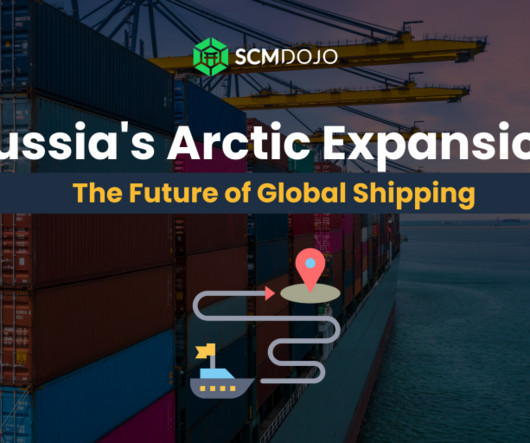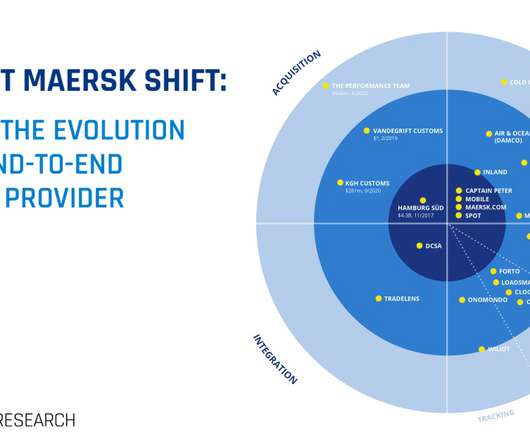Russia’s Arctic Expansion: The Future of Global Shipping
SCMDOJO
MARCH 22, 2023
With untapped oil and gas reserves and melting polar ice, the Arctic presents an opportunity for Russia to access these resources. The Northern Sea Route is the shortest option and starts from China, passes through both Koreas, crosses Russia’s vast landmass, the Arctic Ocean, Norway, Sweden, and Finland before reaching England.
















Let's personalize your content